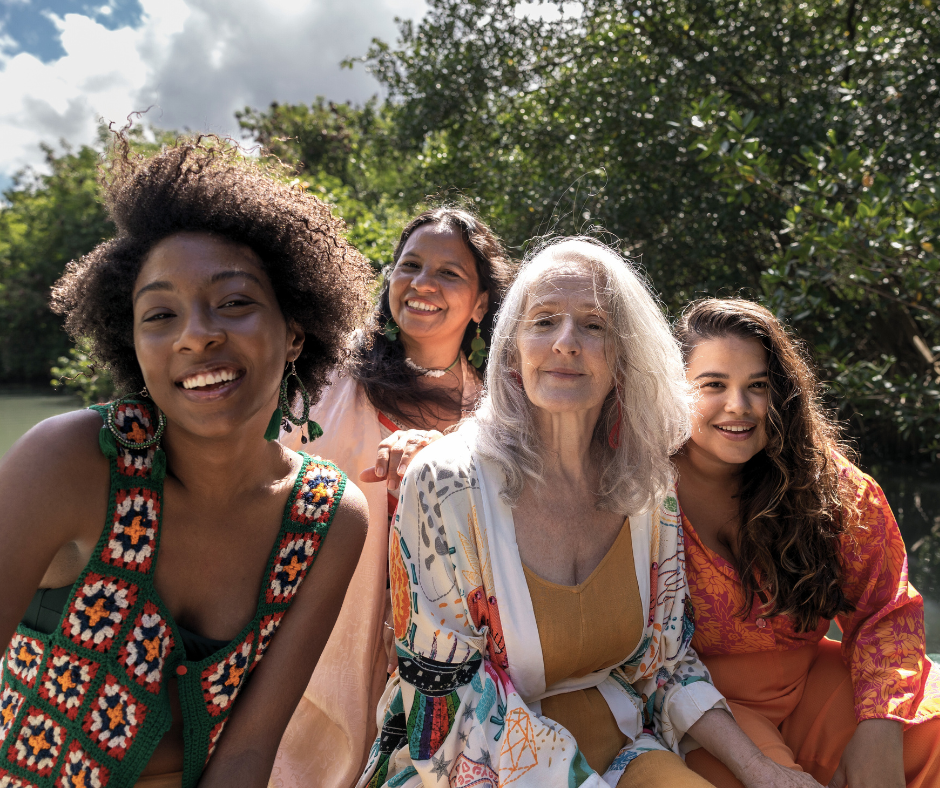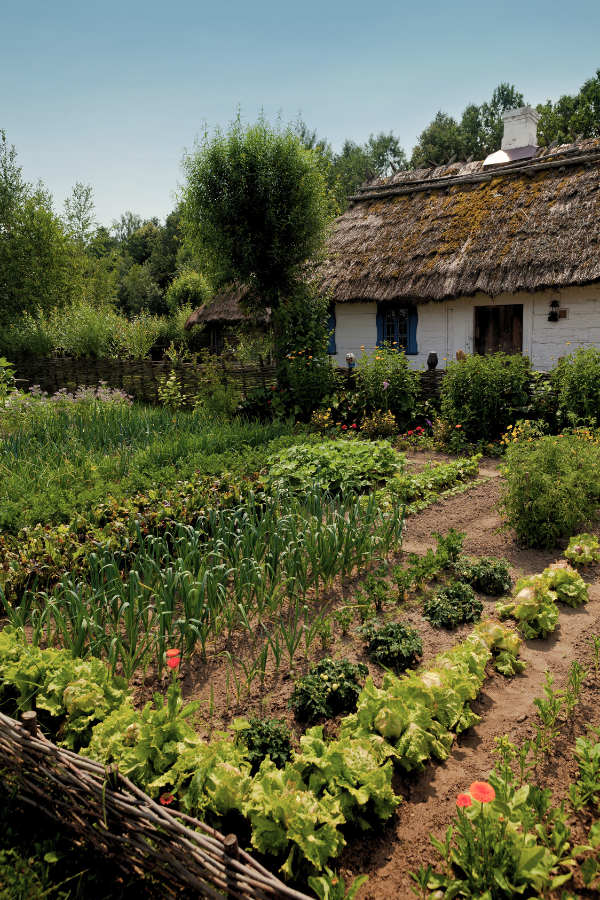
From Cloughjordan to Crystal Waters: Eco-Villages Around the World
Summary
Reflection Questions
Journal Prompt
Eco villages—sometimes called “intentional communities”—are scattered across the globe from Ireland to India. Though the ways in which they operate differ from community to community, eco villages everywhere offer a way of life that is socially, economically, and ecologically sustainable. By integrating renewable energy, permaculture, organic farming, and natural building techniques, they minimize their carbon footprint while fostering a sense of community and shared responsibility. While the eco-village model certainly has promise, it’s definitely not without its challenges—think financial sustainability, social cohesion, and a rapidly changing climate. But as technology advances and environmental awareness grows, their potential to inspire and shape a more sustainable future also expands. Let’s explore six eco-villages around the world and consider what the future might look like for these communities.
What Exactly is an Eco Village?
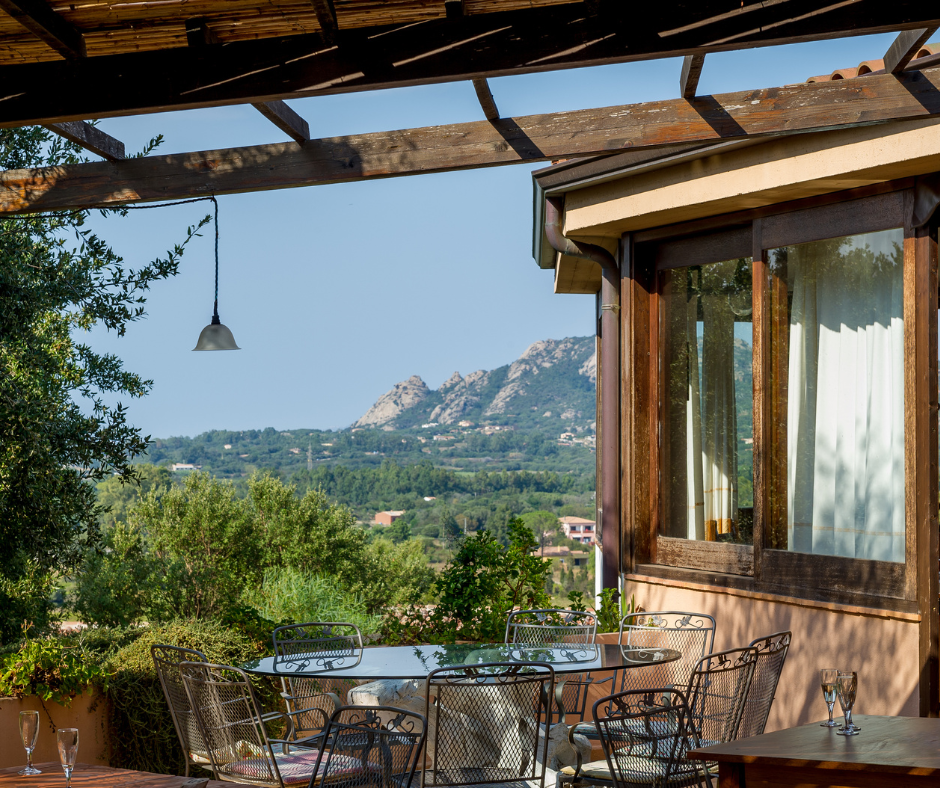
An eco village is a community designed with the goal of becoming more socially, economically, and ecologically sustainable. It can be a rural, agricultural, suburban, or urban community as long as it is committed to these goals. Though you may have never heard of these communities, there is actually a global ecovillage network that spans from India to Portugal to Australia to the United States.
Eco villages integrate a wide variety of sustainable living practices that are designed to respond directly to the community’s environment—whether in rural or urban settings. These include renewable energy, organic farming, natural building techniques, and water conservation. All are designed to minimize the residents’ environmental impact. However, they vary significantly in size, structure, and focus. Some are more focused on spiritual practices, while others prioritize social activism or technological innovation.
These communities emphasize the importance of a holistic approach that balances environmental stewardship with social and economic stability. Eco villages typically promote a sense of community and shared decision-making among their residents. Most also develop educational programs that disseminate knowledge about sustainable living. Examples of eco villages include Earthaven Ecovillage in the USA, Findhorn Foundation Community in Scotland, and Auroville in India.
What Are the Benefits of Living in an Eco Village?
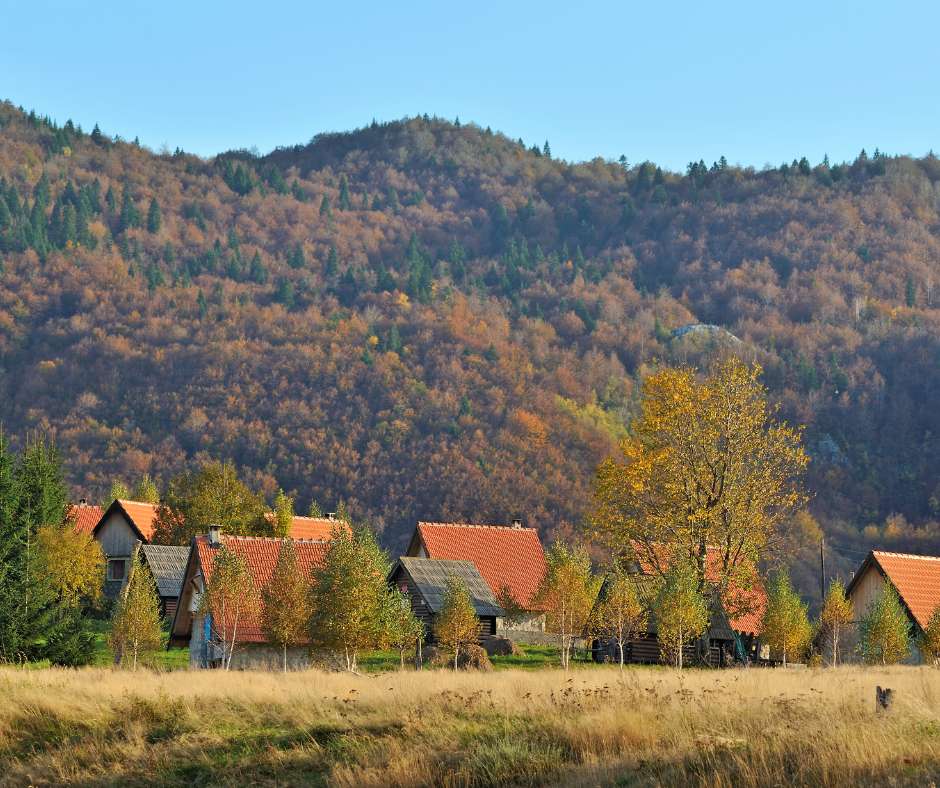
Benefits of living in an ecovillage include a healthier lifestyle, strong social bonds with other residents, a reduced carbon footprint, financial savings, education, and empowerment. As part of an ecovillage, you’ll likely have access to fresh, organic food grown locally within your community. The close-knit communities created by people with shared values fosters mutual support and respect.
Ecovillage residents are empowered to reduce their individual environmental impacts through sustainable practices like renewable energy use, waste reduction, and water conservation. Plus, you can save tons of money by sharing resources and reducing your utility costs. You’ll also have opportunities to learn new skills and to teach others about the sustainability practices that empower you and your community.
While eco-villages offer many benefits, they are not a universal solution to environmental and social issues. The model may not be suitable for everyone, and its scalability is limited. Plus, residents often struggle with financial instability, conflicts within the community, and difficulty adapting to changing environments.
Six Eco-Villages Around the World
Cloughjordan Eco Village, Ireland
Located in County Tipperary, Cloughjordan Eco Village is a sustainable community in Ireland. As Laura Roddy writes in an article for TNI, “Cloughjordan ecovillage’s housing model is pioneering in terms of being the first low or zero carbon housing to surface in Ireland.” Home to over 100 residents, the ecovillage development includes more than 50 low-energy houses and work units, a biomass-fueled district heating system, and 50 acres of land for farming and woodland. The community operates a member-owned farm and offers high-speed broadband. There’s also an eco-hostel for visitors.
Participatory processes and self governance are key to Cloughjordan. Residents actively engage in organic farming and produce a large part of their own food. Renewable energy practices—including solar panels and biomass heating systems—are integral to the village’s infrastructure.
Like many ecovillages, Cloughjordan Eco Village is also an educational center for that attracts worldwide travelers and students who are interested in building their own sustainable communities. The village hosts a variety of workshops, courses, and events focused on topics like permaculture, regenerative social and natural environments, renewable energy, and sustainable building practices. Its commitment to ecological stewardship and community resilience makes Cloughjordan Eco Village a leading example of how modern living can harmonize with the natural environment.
Crystal Waters, Australia
One of the most aesthetically appealing ecovillages on this list, Crystal Waters was established in 1987 along the Sunshine Coast hinterland of Queensland, Australia. Decades later, Crystal Waters is still an internationally respected permaculture village. Spanning 640 beautiful acres of mixed-use land, this eco village is home to over 250 residents.
All live in harmony with nature by prioritizing practices that are gentle on the earth—think sustainable agriculture, renewable energy, and rainwater harvesting. The village is designed around permaculture principles and a sustainable culture that emphasize ecological balance and self-sufficiency.
Its innovative 83 residential lots are clustered together to foster social interaction and a sense of community. To this point, Crystal Waters is a hub of creativity and learning—not just a place to sleep. The village hosts various events—including monthly markets, music performances, and educational courses.
Its communal spaces—The Village Green, The Deck, and The Kitchen—are the social and commercial heart of the community. Residents and visitors can enjoy a locally famous sourdough bakery and the Ikigai Cafe, which offers a range of drinks and small bites. The village has received many accolades for its pioneering work as one of the first modern ecovillages to demonstrate the viability of low-impact, sustainable living. These accolades include but are certainly not limited to the prestigious World Habitat Award, which Crystal Waters received in 1996.
Govardhan Eco Village, India
Built in Maharashtra, India, Govardhan Eco Village (GEV) was designed and implemented by the International Society for Krishna Consciousness (ISKCON). The ISKCON hoped to combine traditional Indian sustainable practices with modern technology.
About 90km from Mumbai along the foothills of the Sahyadri mountains, GEV spans over 100 acres and is home to around 250 residents. Amenities include a yoga school, an Ayurveda center, and a community area—all within a traditional ashram setting.
Govardhan is committed to promoting a holistic approach to sustainability—which they refer to as “spiritual ecology.” This approach integrates ecological consciousness with spiritual practices based in Bhakti Yoga. The ecovillage also tries to be socially responsible by providing free meals to visitors and supporting local mid-day meal programs to combat student dropouts due to hunger.
Committed to sustainability education, the village also runs the Govardhan School of Sustainability. Programs offered at the school combine theoretical knowledge with hands-on activities in ecology. The overarching goal of GEV is to create a replicable model of eco-friendly living that addresses both environmental and social challenges.
Earthaven Eco Village, USA
North Carolina’s Earthaven Eco Village was established in 1994. Its 329 acres are home to around 75 adult residents and 25 children. The village intends to increase its population to 150 people in coming years and features a variety of residential neighborhoods and business sites to support that growth.
Fuel your creative fire & be a part of a supportive community that values how you love to live.
subscribe to our newsletter
*please check your Spam folder for the latest DesignDash Magazine issue immediately after subscription

Like others on this list, Earthaven employs eco-friendly building techniques, renewable energy, and organic farming to reduce its carbon footprint and keep the community self-sustaining. Natural building techniques are extensively used, In fact, many structures in the eco village are built from locally sourced materials such as timber, straw, and earth. The community operates a village-scale economy with small, ecologically sound businesses and offers educational programs through its School of Integrated Living (SOIL).
Findhorn Foundation Community, Scotland
Established in Moray, Scotland, the Findhorn Foundation Community combines sustainable living and spiritual practices. Founded back in 1962 by Peter Caddy, Eileen Caddy, and Dorothy Maclean, the island community continues to integrate eco-friendly housing, community gardens, and renewable energy projects that foster spiritual growth in its residents while achieving ecological harmony. Over the last six decades, this community has developed innovative organic gardening, ecological building, and community living practices that are replicated worldwide by other eco villages.
Tamera Healing Biotope, Portugal
Last but certainly not least, we have the locally owned Tamera Healing Biotope, which can be found in Alentejo, Portugal. Tamera is a peace research village that integrates permaculture, water retention landscapes, and solar energy into its sustainability practices. Established almost thirty years ago in 1995, Tamera now boasts 335 acres.
The community here focuses on social and ecological sustainability. Its residents are committed to reflecting these values in everything they do. They also conduct research into new practices and educate visitors. Tamera’s research and educational programs intend to spread knowledge about eco-friendly living and peace-building, which makes the community both socially and ecologically sustainable.
Final Thoughts on Living and Working in an Eco Village
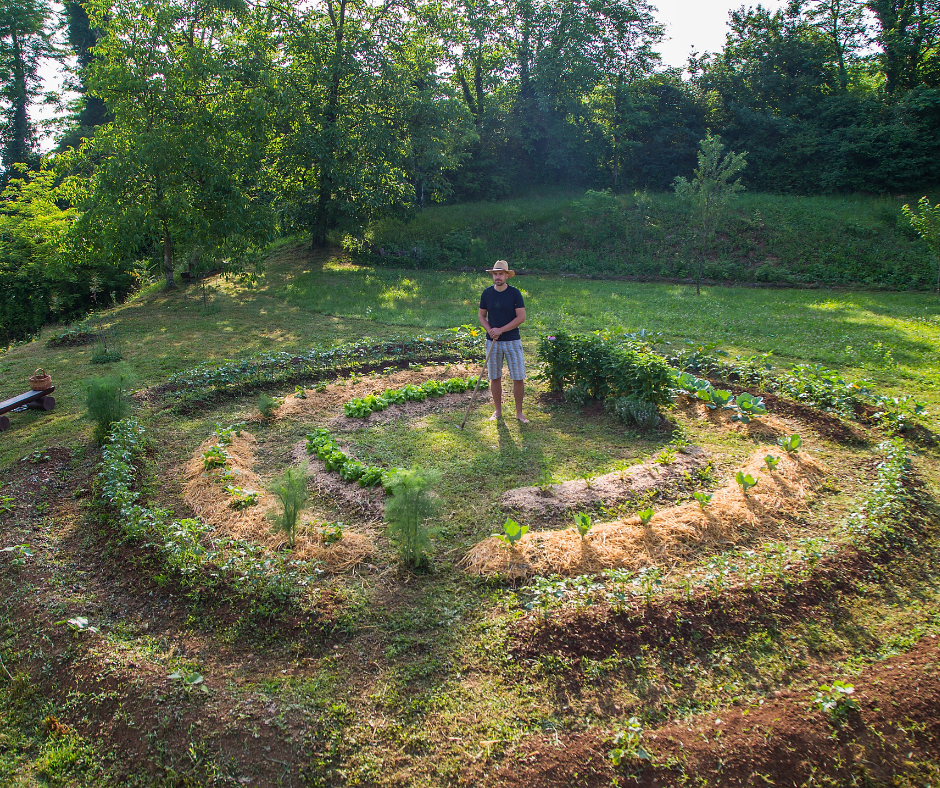
Our concept and execution of the eco village is constantly evolving, with new communities emerging and existing ones adapting to new challenges and opportunities every day. While there are many benefits to living and working in an eco village, this lifestyle can also be incredibly challenging—and sometimes demoralizing.
Financial sustainability is a major hurdle for lots of intentional communities, as eco villages often rely on grants, donations, or income from tourism and education programs. Maintaining social harmony within the community can also be difficult. As you can imagine, differing values and personalities can lead to conflicts. Perhaps most challenging is adapting to environmental changes like droughts and natural disasters. This can strain an eco-village’s already limited resources and infrastructure.
Despite the challenges, eco-villages hold immense potential. As awareness of environmental issues grows, the appeal of sustainable living and community-based solutions will only increase. Advancements in renewable energy technology, sustainable agriculture, and green building practices will probably further enhance the self-sufficiency and resilience of eco-villages.
We’re excited to see how these communities grow!






